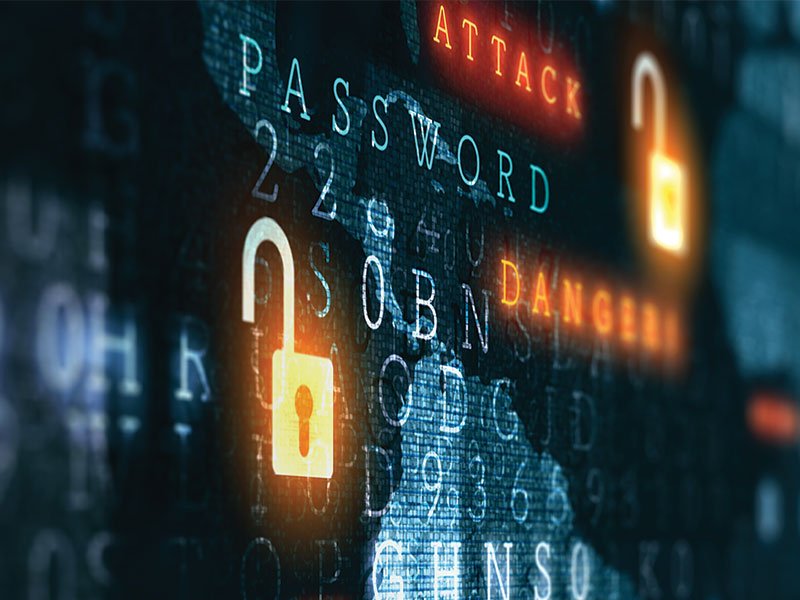Protecting Your Identity Online
Remember the days when we used to shred our bank statements and water bills so that we could protect our identity? With most of us moving to online mail, banking, and bills, the internet is the new playground for those wanting to steal our personal information.
Online identity theft usually occurs when someone falls prey to phishing and malware tactics used by cybercriminals. Many people don’t discover their identity has been stolen until they are thousands of dollars in debt or when they need a credit check.
The good news is that protecting your identity online has gotten easier as the companies we use for email, banking, and billing are beefing up their own security measures and protocols.
To protect your identity online, Cybernet’s Cybersecurity Division recommends the following tips:
Opt in to two-factor authentication.
Two-factor authentication combines two types of credentials to verify your identity. This often includes a password along with a security code which is texted to your phone. Other forms of secondary authentication might include a personal security question, a pin, or even biometrics.
Create strong passwords.
Strong passwords are those which include a combination of letters, numbers, and special characters. Strong passwords DO NOT include one’s personal information like your name or birthday. Finally, the same strong password should not be used for multiple types of logins.
Change your passwords on a regular basis.
Passwords should be changed at least once every three months.
No matter how much our banking and credit card institutions secure our accounts, it is important for each of us to remain vigilant.

